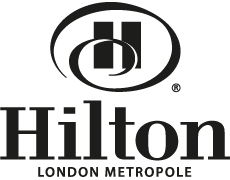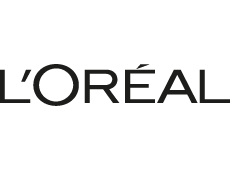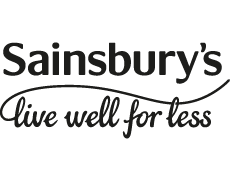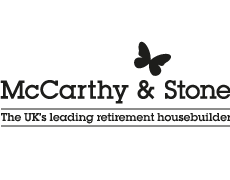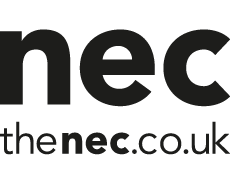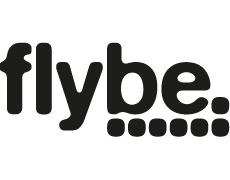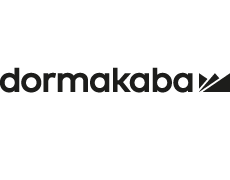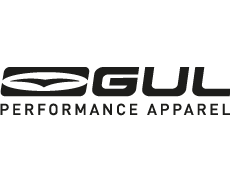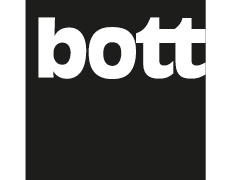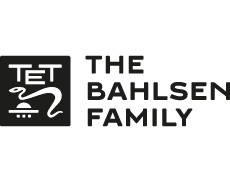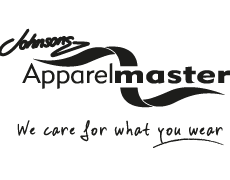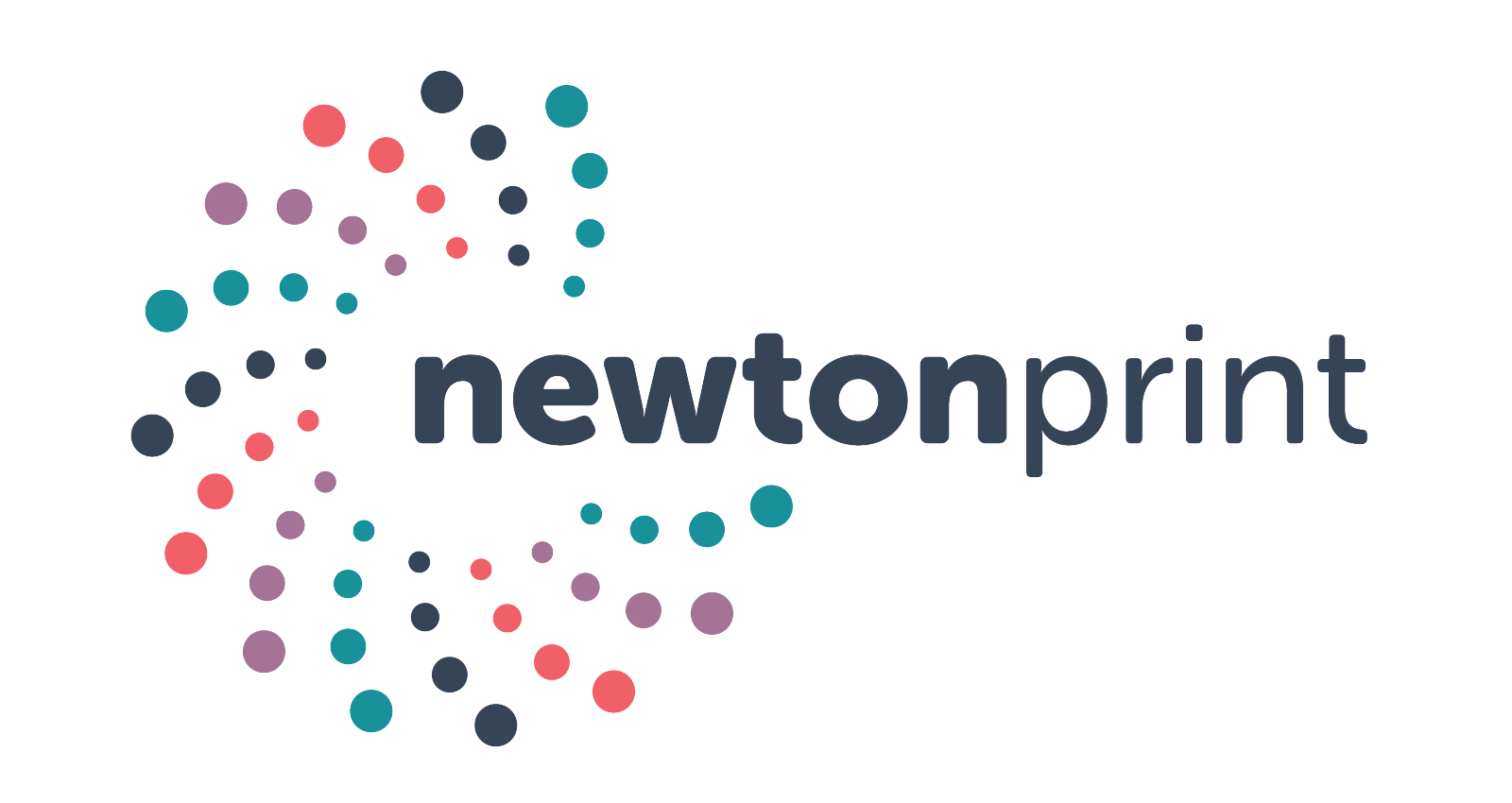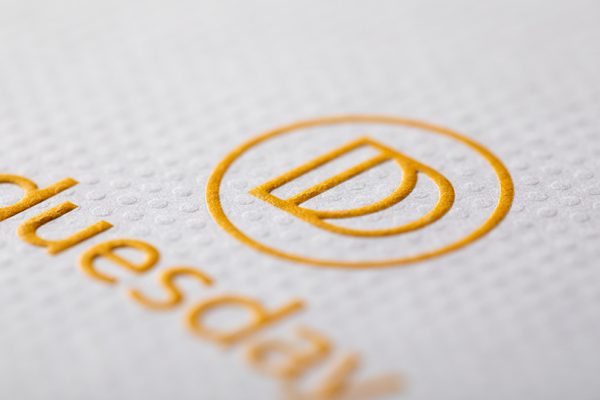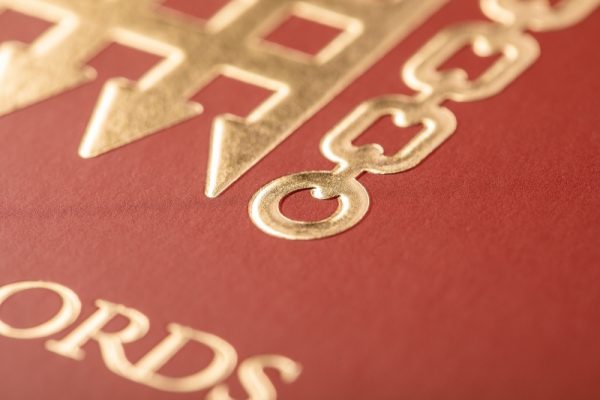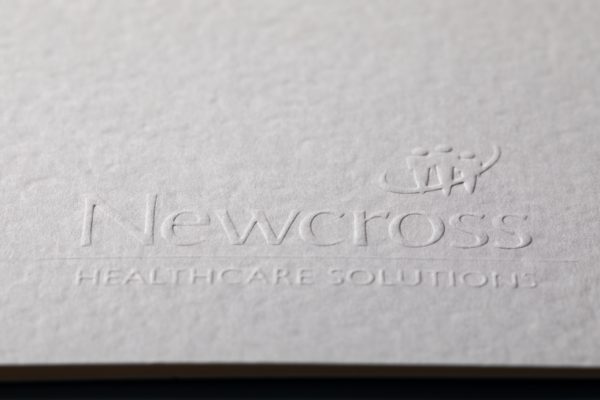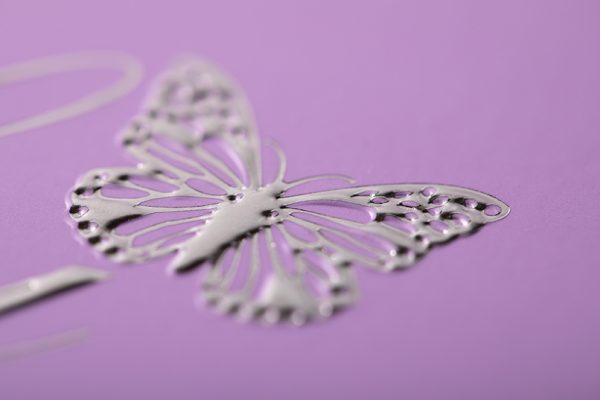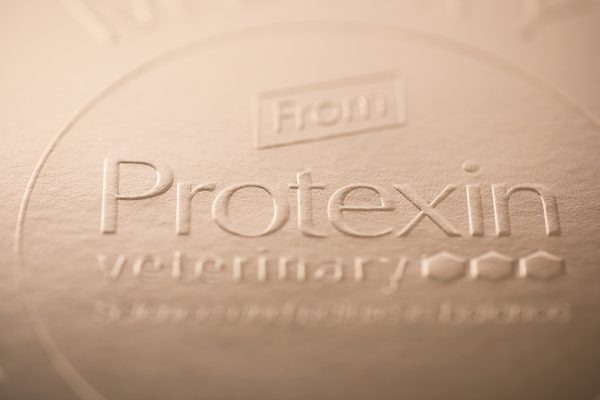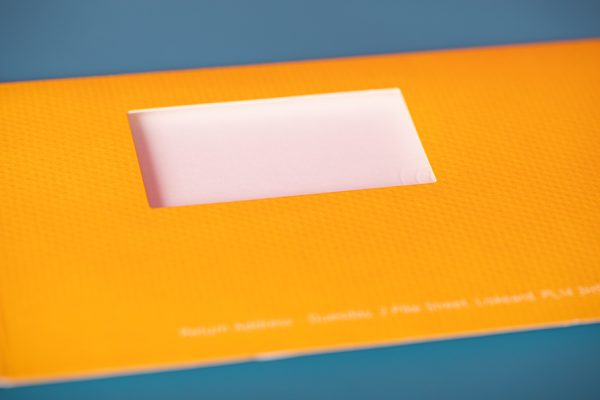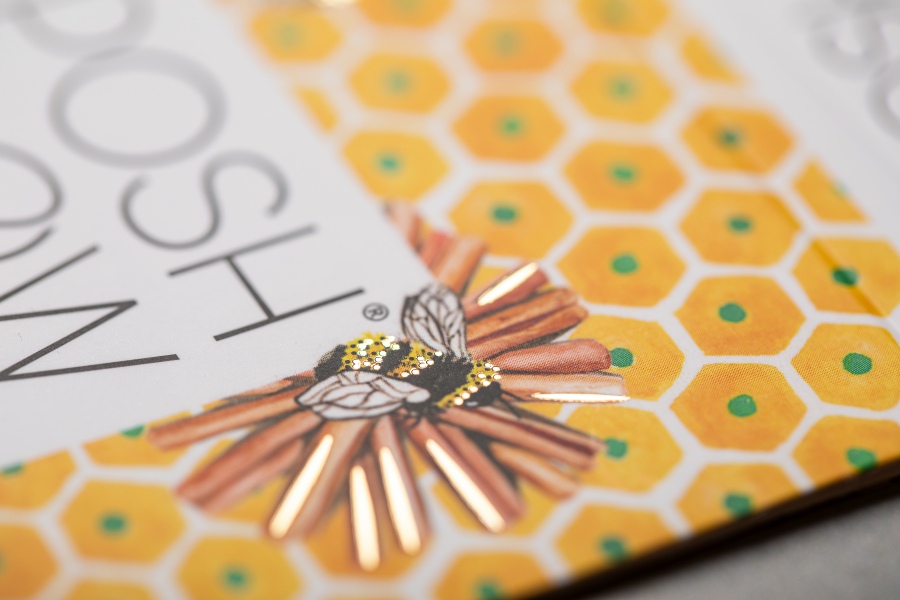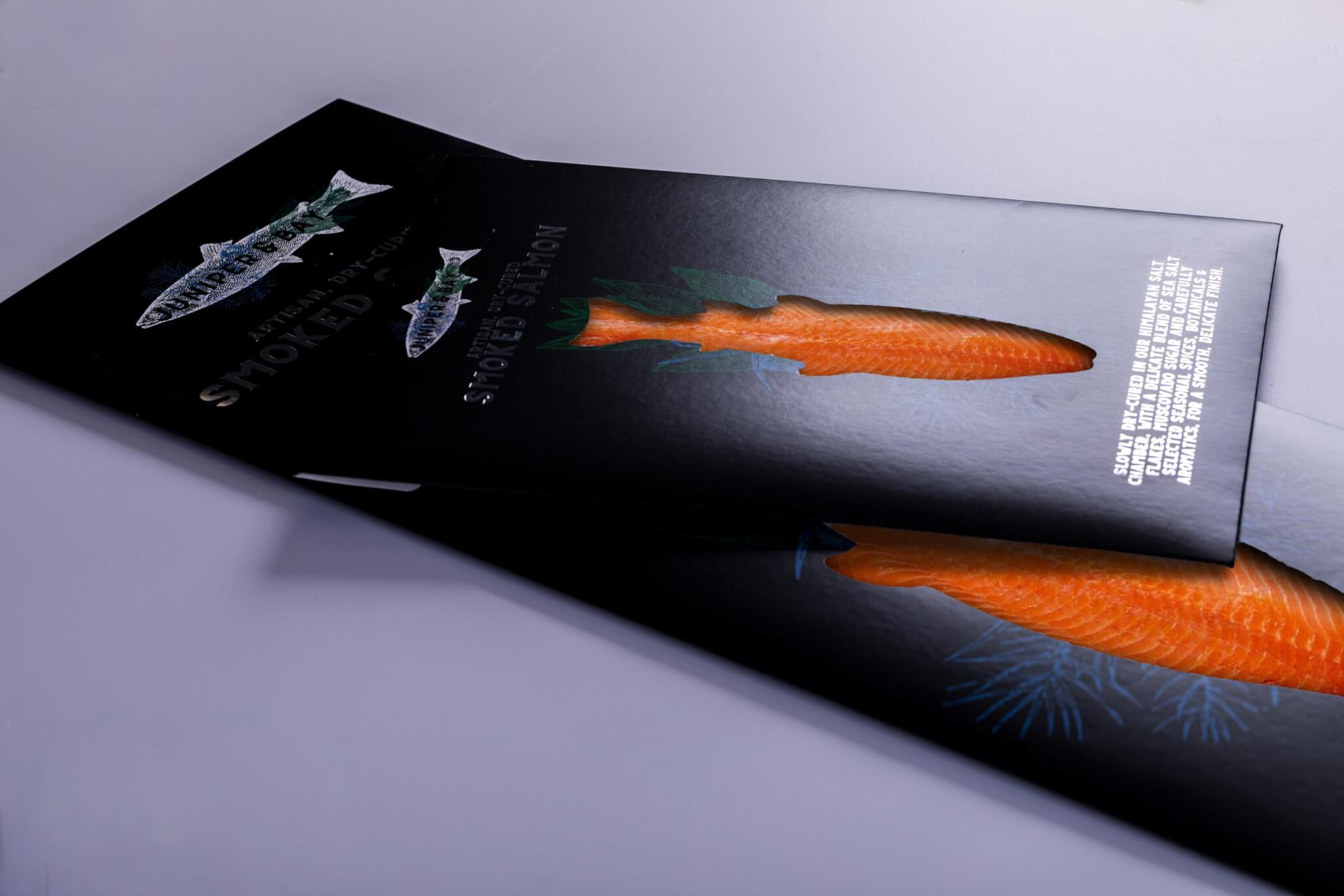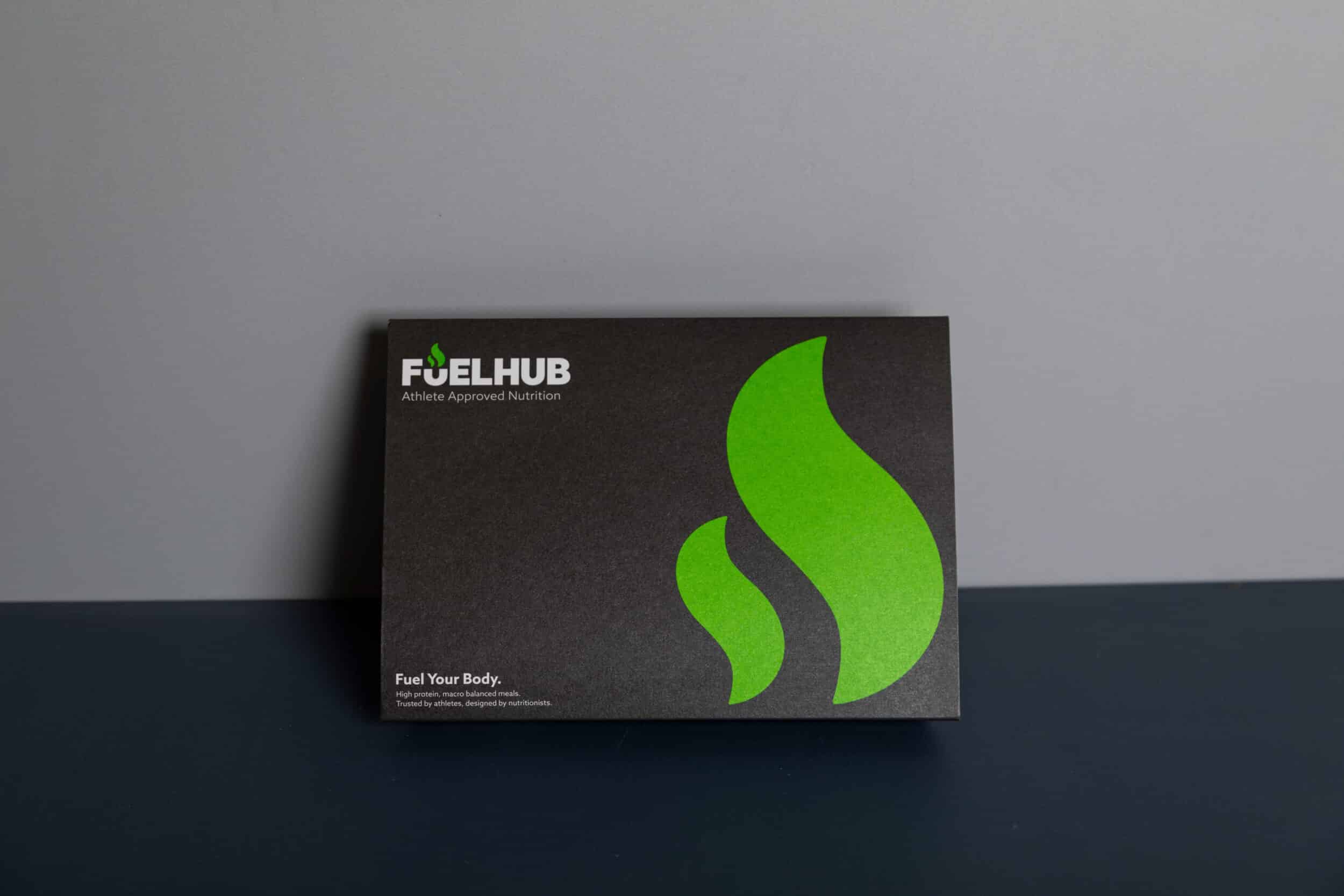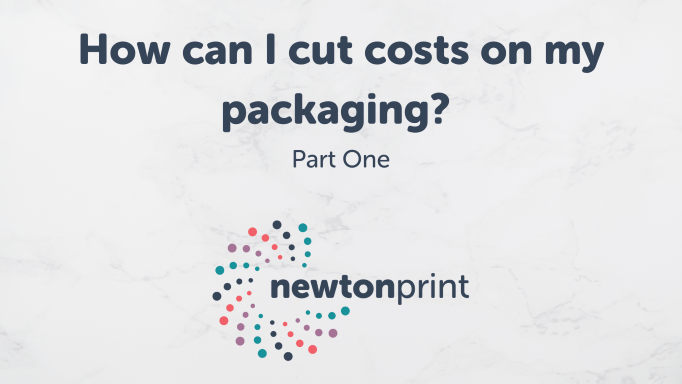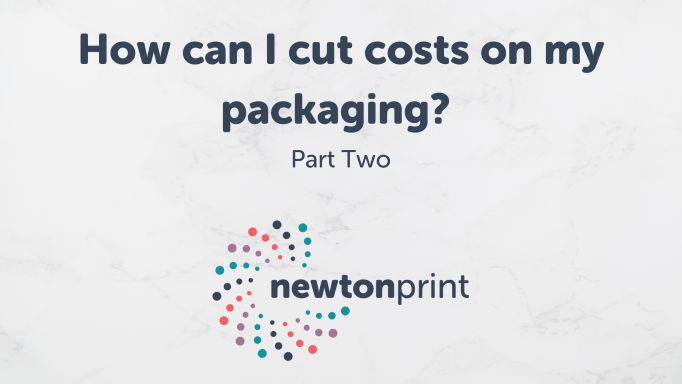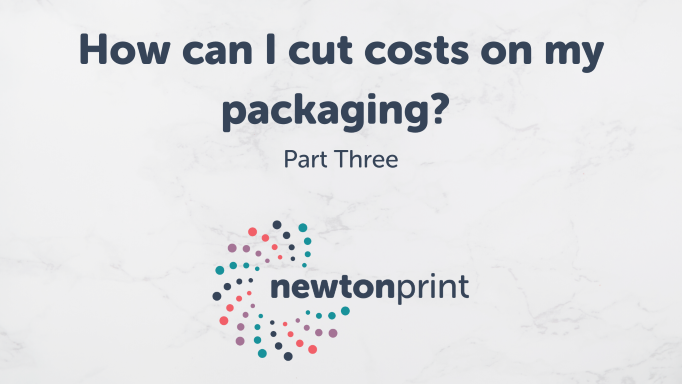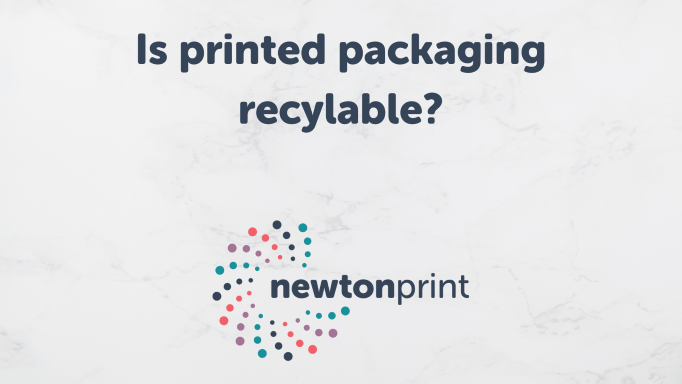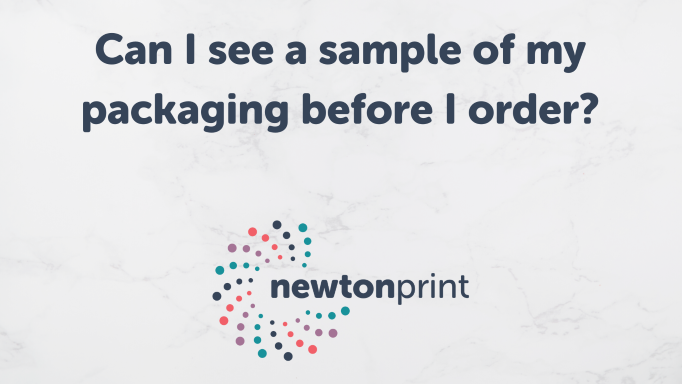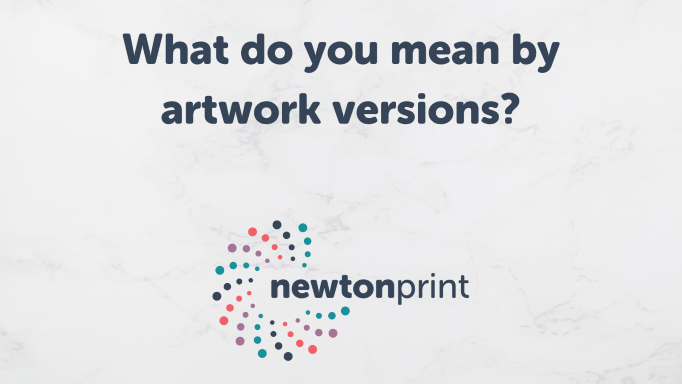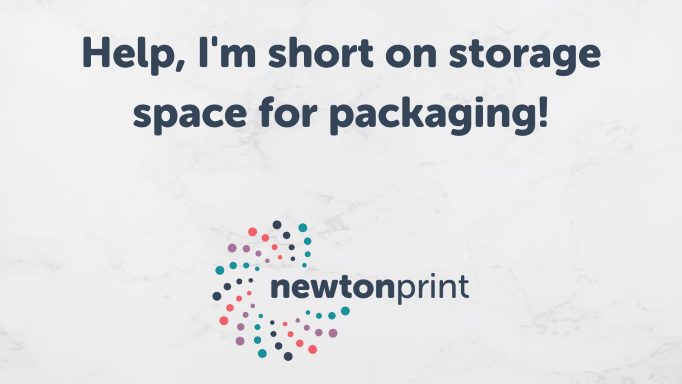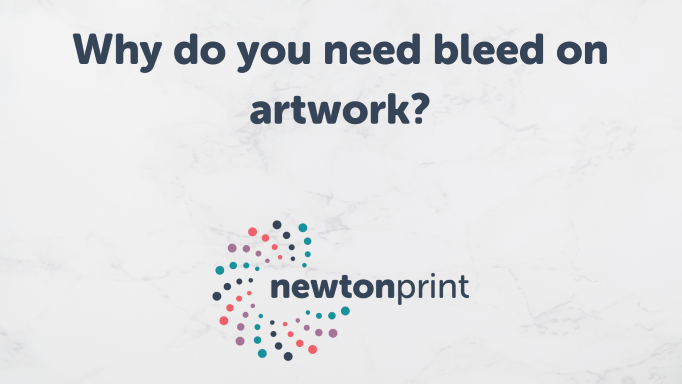Embossed printing


FAST

CUSTOMER
LOVE

IN-HOUSE
EXPERTS

MARKETING
AWARDS

MORE THAN A
PRINTER

CARBON
BALANCED
FAST
TURNAROUND
CUSTOMER
LOVE
IN-HOUSE
EXPERTS
MARKETING
AWARDS
MORE THAN A
PRINTER
CARBON
BALANCED
Embossing and Debossing: Tactile, luxurious eye candy
There’s a lot to be said for that ‘second touch’; the little stand-out details that have your customers pausing and reaching out to handle your packaging again. Embossing is unquestionably the most suave way to achieve this.
What is embossing?
Embossing works in a similar way to foil blocking, except that the die is stamped a bit harder and there is no foil involved. The die is stamped onto the sheet from either behind to create the impression for embossing or from the front if debossing.
How can I use emboss printing on my packaging?
The obvious application of embossing is, of course, to emboss your logo and this works really well. But if you want to make a real impact, read on…
Your packaging can become a work of art when you emboss an area that doesn’t follow the lines of the print, so you could emboss the shape of your logo down in the bottom corner of an image, for example. This is known as ‘blind embossing’.
Then there’s debossing printing. Whereas an emboss is raised up from the surface, a deboss is pressed in to sink slightly lower.
It’s all a bit difficult to explain in words though, so if you’re confused, intrigued or just want to know more about embossing printing and debossing printing on your packaging, ask for a sample or call us for more information. We’re always on hand to help.
Embossing (or debossing) can be combined with other effects for even greater impact, such as:
- Foil Block
- Spot UV
- Die Cutting
- Special Laminates


IDEAS BOARD
What is debossing and embossing printing useful for?
- Brochure covers
- Hardback books
- Direct Mail
- Packaging
FREQUENTLY ASKED QUESTIONS
What’s the difference between embossing and debossing?
Whereas an emboss is raised up from the surface (like braille), a deboss is pressed in to sink slightly lower. If you would like to know more about our debossing and embossed printing services then please do get in touch.
Can you add embossing and debossing to my packaging?
Yes! We can add embossing and debossing to your packaging to create a unique feel and look to your packaging. Our design team are highly skilled in both the creative and technical aspect of packaging design so that it not only looks good but is cost-effective to produce.
Can you help me with luxury packaging?
Yes! We are experienced in luxury packaging, and can produce in a range of beautiful substrates. Printing embellishments including foiling, spot UV varnish, embossing and laminations are the best way to lift your luxury packaging.
Can you print sustainable packaging using embossing and debossing?
Yes! We are a certified BRC and Carbon Balanced printers and we use vegetable-based, low-odour food-grade inks. We can help you ensure your packaging is fully recyclable and compostable too.
YOU MIGHT ALSO LIKE
BRANDS WE’VE WORKED WITH


